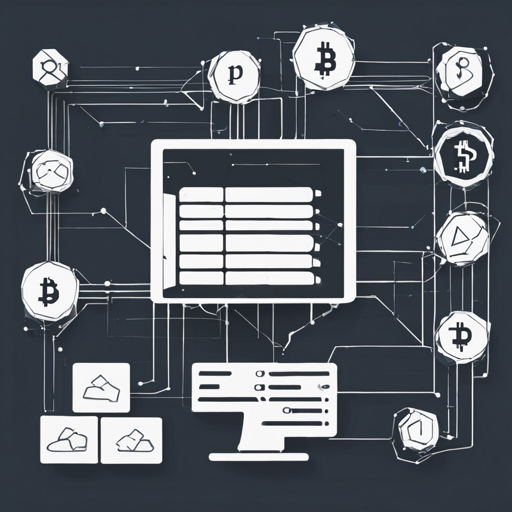Welcome to your ultimate guide on building a blockchain application using Python! In this article, we’ll break down the steps needed to create your very own blockchain app. But first, let’s understand what blockchain is and how it functions.
What is Blockchain?
Blockchain is a decentralized digital ledger that records transactions across multiple computers. This technology ensures that records cannot be altered retroactively without the alteration of all subsequent blocks and the consensus of the network. In simpler terms, it’s like a chain of blocks, where each block is a box storing information securely.
How is Blockchain Implemented?
To implement a blockchain, you need to create data structures to hold the transactions (blocks) and the rules governing these structures (protocols). It involves setting up servers that communicate with each other, as well as a user interface for creating and viewing transactions.
How Does Blockchain Work?
Once a transaction is initiated, it gets bundled into a block and sent to all nodes in the network. Nodes validate the block, and if verified, it’s added to the existing chain. This is similar to a group of friends discussing and approving an important decision before they collectively note it down to ensure everyone is on the same page.
Instructions to Run Your Blockchain App
Now that you understand blockchain, let’s dive into the installation and execution process!
Step 1: Clone the Project
git clone https://github.com/satwikkansal/python_blockchain_app.gitStep 2: Install Dependencies
cd python_blockchain_app
pip install -r requirements.txtStep 3: Start a Blockchain Node Server
For Linux and macOS users:
export FLASK_APP=node_server.py
flask run --port 8000For Windows users:
set LANG=C.UTF-8
set FLASK_APP=node_server.py
flask run --port 8000Step 4: Run the Application
In a different terminal session:
python run_app.pyFor Windows users:
set LANG=C.UTF-8
set FLASK_APP=run_app.py
flask run --port 8000Your application should now be up and running at http://localhost:5000.
Step 5: Spin Off Multiple Custom Nodes
To create new nodes and register them:
flask run --port 8001
flask run --port 8002Step 6: Register Nodes
Use the following cURL requests to register the nodes at port 8001 and 8002:
curl -X POST http://127.0.0.1:8001/register_with -H "Content-Type: application/json" -d '{"node_address": "http://127.0.0.1:8000"}'
curl -X POST http://127.0.0.1:8002/register_with -H "Content-Type: application/json" -d '{"node_address": "http://127.0.0.1:8000"}'This step helps the node at port 8000 recognize new nodes at 8001 and 8002, ensuring they can participate in mining!
Step 7: Update Node Frontend Sync
If you need to alter which node the frontend application syncs with, modify the CONNECTED_NODE_ADDRESS field in the views.py file.
Step 8: Interact with Your Blockchain
You can now create transactions, mine them, and see all nodes updating the chain accordingly. To check the chain, invoke the endpoints using cURL:
curl -X GET http://localhost:8001/chain
curl -X GET http://localhost:8002/chainTroubleshooting
If you encounter any issues during setup, here are a few ideas to help you out:
- Ensure all dependencies are installed correctly.
- Check that your terminal environment variables are set properly.
- Verify that ports you are trying to run on are not in use by another process.
- Double-check that your URLs to access the application are correctly formatted.
- For more insights, updates, or to collaborate on AI development projects, stay connected with fxis.ai.
At fxis.ai, we believe that such advancements are crucial for the future of AI, as they enable more comprehensive and effective solutions. Our team is continually exploring new methodologies to push the envelope in artificial intelligence, ensuring that our clients benefit from the latest technological innovations.
Conclusion
By following these steps, you’ve established your own blockchain application in Python! Just like each block reinforces the chain by adding verified information, your skills grow stronger as you explore more about this fascinating technology. Happy coding!

